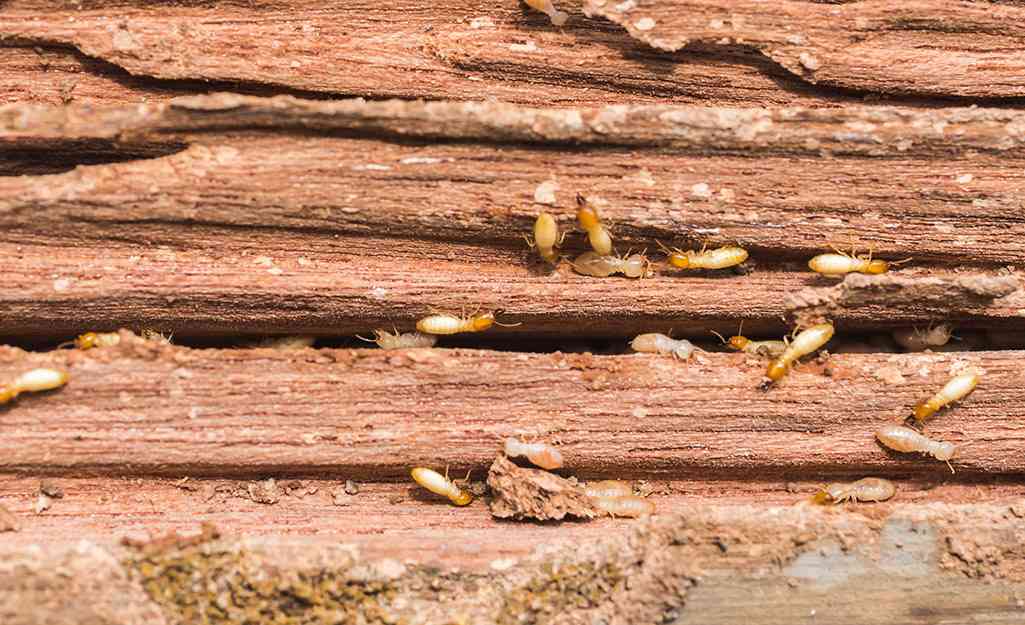
Whilst we wait for more rains, most of the areas that received a downpour earlier this week are dry.
Most of the water has already found its way back to the Indian Ocean. Only a small fraction recharged our groundwater.
Soon, fields will reach permanent wilting point. This is chiefly because as a country we have poor water harvesting techniques.
Worse, our soil structure has gone for years without anyone giving attention to it.
Experts have warned that by 2100, arid and semi-arid regions across Africa are expected to expand by five to eight percent.
And in Zimbabwe, temperatures have risen by one degree Celsius over the past 40 years, while annual rainfall has decreased by 20 to 30 percent.
A 2019 study revealed that climate change had worsened the already precarious living conditions of many smallholder farmers who depend on rain-fed agriculture in Zimbabwe and surrounding countries.
With limited technologies, rain-fed agriculture was the bastion of small-scale farming in the country. But now, more than 70 percent of the country’s population is in jeopardy as they rely solely on agriculture or rural economic activities.
- COP26 a washout? Don’t lose hope – here’s why
- Out & about: Bright sheds light on Vic Falls Carnival
- Zim journalist champions rabbit farming
- COP26 a washout? Don’t lose hope – here’s why
Keep Reading
Zimbabwe farmers need to employ low-cost, scalable methods to reduce the impact of droughts and floods by large- and small-scale Since the devastating 1991-1992 drought, Zimbabwe, a landlocked country in Southern Africa, has been hit by several droughts — the most recent taking place in the 2021-2022 farming season.
Alongside Zimbabwe’s increasingly longer droughts, rainy seasons are becoming shorter and, in most cases, are accompanied by extremely heavy rains. Most of that rainwater is lost through surface runoff as there was little infrastructure to catch that water for when it is most needed: during dry spells.
Farmers need to dig infield trenches alongside crops to collect runoff, allowing the surrounding soil to retain moisture for longer periods of time and reducing reliance on rainwater.
Besides minimising water loss, the infield trenches reduce flooding by holding excess water and allowing that water to infiltrate the soil at a slower rate.
Communities need to move to making large water bodies because water is slowly becoming a scarce resource.
Boreholes, which have been gushing out water at 30m deep are now giving meaningful water rates at at least 80m.
This is a clear sign that the water table across the country is decreasing with each passing year.
The country’s diminishing groundwater table will soon trigger a series of water restrictions “meant to avert water insecurity.”
Here are some methods that farmers can employ to harvest water:
Build an underground water tank to hold rainwater for irrigation.
Install plastic tanks on house roofs to collect rainwater for non-drinking domestic uses.
Build deep contours — called zvimbuyambuya — which act like trenches, capturing and reducing water runoff.
Mulching to reduce evaporation is also important for water harvesting.
Reforestation is also an important aspect in water harvesting.
Soak pits which are porous walled, covered chambers that allow water to soak slowly into the ground. These pits help to temporarily raise the water table, which often gets very low during dry spells. Once the pit is full, the weight of that water loosens the soil beneath it to recharge the area’s groundwater, which is essential to water security and drought resilience. In warmer drought-stricken climates, like Zimbabwe’s, soak pits slow down water evaporation and nourish crops beyond the rainy season.
. Bunds are semicircular shallow depressions that are dug into slopes. The ends of the bund face upward to catch and slow down runoff during heavy rains. Gabions are low, leaky barriers placed perpendicular to the flow of water. Vertical poles are driven 0.5 to 1 millimeter into a flow of water and held together by interwoven branches. By slowing down water flow, gabions minimise erosion and allow the soil to retain organic matter. Both catchment methods are effective in easing downstream flooding.
With these methods, smallholder farmers can irrigate their land, gardens, and even orchards between rains, producing enough food for their families.
- Gwabanayi is a practising journalist and a farmer in his own right. — 0772 865 703 or [email protected]











